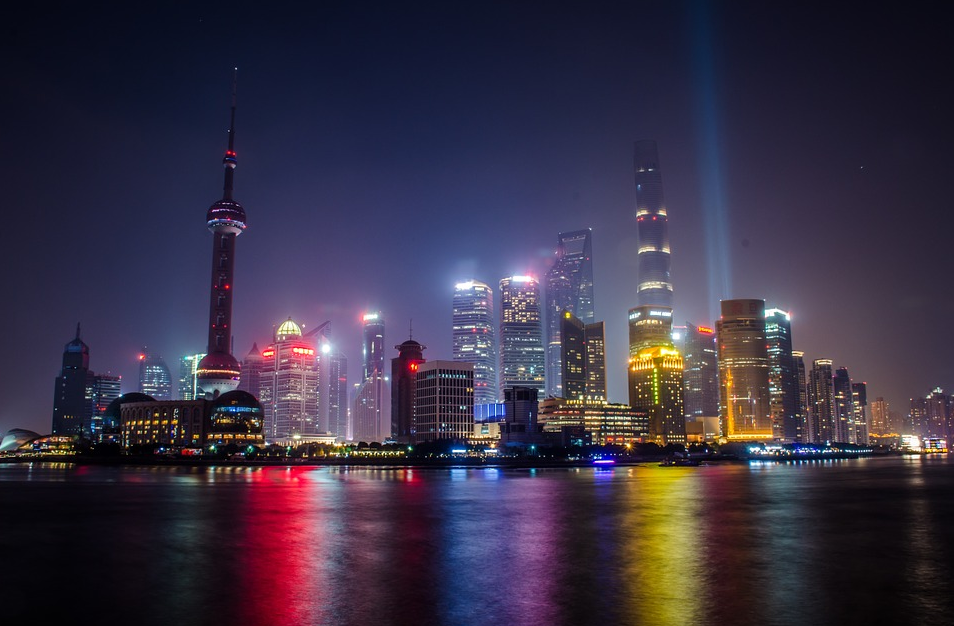Julius Baer has recently released its sixth annual Wealth Report: Asia, which monitors the cost of living in luxury and wealth creation trends across Asia. The report shows that the cost of luxury living, as defined by the Julius Baer Lifestyle Index, dipped by 1.68% in USD terms in 2016, aggregated across 21 items and 11 cities in Asia. Across the cities under coverage, Shanghai retains the top spot as the most expensive city. Singapore ranks second, swapping position with Hong Kong, which fell one place to third. Mumbai scored the most competitive.
On an aggregate basis and in USD terms, the Julius Baer Lifestyle Index fell by 1.68%, led by a 8.3% correction in property prices on a regional basis. That said, 13 of the 21 items still posted gains for 2016. This demonstrates that for a broad range of luxury goods and services, High Net Worth Individuals (HNWI) in Asia face rising lifestyle costs that continue to outpace conventional inflation.
Dovetailing the twin trends of a rising middle class and ageing populations, Julius Baer has added a high-end skincare item to the Lifestyle Index of goods and services in 2016. Asia makes up 36% of the global beauty market and it is expected to grow 4.5% every year until 2019, far faster than the global market. Within the beauty market, skincare remains the most valuable category in terms of growth potential. The report also features in-depth economic outlook assessments for the key economies in Asia, reinforcing Julius Baer’s long-held view that the region will remain the key driver of wealth on a global basis.
Boris F.J. Collardi, Chief Executive Officer of Bank Julius Baer, said: “This year’s Lifestyle Index demonstrates that there remains enormous demand for luxury goods and services in Asia, but it equally signals that asset price fluctuations can be a potential drag on spending. Getting the right, responsible and forward-looking advice out to clients to manage these ups and downs, preserving and growing their wealth, is our core mission, both for the near and longer term.”
Key findings
Since its launch in 2011, the Julius Baer Lifestyle Index has trended lower, while broadly sustaining the gap over conventional inflation. For 2016, a mixed picture emerges whereby 13 luxury items, such as watches, ladies’ shoes, travel costs and men’s suits, posted gains while eight items, including wine and jewellery, managed average single digit drops. These variations are overshadowed by the property market across Asia, which is clearly coming off the boil.
For the newly added skincare item in the index (a skincare product that retails at above USD 1,000 per unit) the most competitive locations to purchase the item are Mumbai and Hong Kong, with Shanghai being the priciest. With premium travel expected to grow substantially across Asia over the coming years, Julius Baer expects to see continued upward pricing of the travel & accommodation and healthcare segments. At the same time, competition to attract traveling HNWI is set to intensify further, with consumers not tied to specific locations or hotel brands.
Across the 11 cities in Asia under coverage, Shanghai took the top spot in terms of having the most individual items in the index which were the most expensive. Shanghai is ranked as the most expensive city scoring first place for five items (hospital stay, watch, botox, cigars and high-end skin cream) and second for another six (property, wedding banquet, ladies’ handbags, men’s suits, cars and ladies’ shoes). Factors, such as exchange rates, taxes and duties can cause a luxury item to cost significantly more on the mainland than overseas.
Singapore has overtaken Hong Kong as the second most expensive city in Asia as the latter suffers from a slowdown in tourist spending. However, Hong Kong has held on to pole position for luxury real estate with Manila being the least expensive. High-end property in Hong Kong is still about five times as costly as the average for the region.
Tokyo has moved up the most in the city ranking, from seventh to fourth place due to the strengthening Japanese yen during the period under review displacing Bangkok, which fell from fifth to seventh. Mumbai scored the most competitive for the second consecutive year. Taking all the items together, the top three most expensive cities are Shanghai, Singapore and Hong Kong.
As always, movements in foreign exchange rates can have a marked impact on prices such as the double digit moves in the Japanese yen and Indian rupee, among others. Overall, the local currency trends are fairly close to what was calculated in USD terms: most items rose, whereas the weighted average declined due to the drop in luxury property prices.
Asia’s growth is on track
Julius Baer continues to expect HNWI assets across the region to grow to USD 14.5 trillion by 2020, or a growth of 160% in the current decade through to 2020. Specifically for China and India, Julius Baer expects to see HNWI assets of USD 8.25 trillion in China and USD 2.3 trillion in India over the coming four years, re-affirming the estimates the Bank published in the 2015 report.
In Japan, the battle to defeat deflation remains a key policy objective, but the underlying economy shows visible signs of change and adaptation to its unique circumstances. In Singapore, gradual easing of prices in the property markets is a prudent measure that has likely forestalled a more aggressive economic adjustment. For China, overall growth rates will continue to soften, but domestic consumption and service economy data continue to show encouraging signs.

